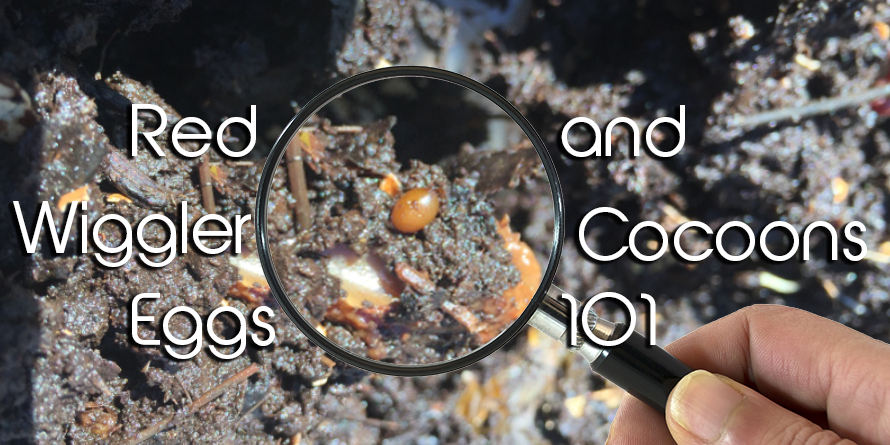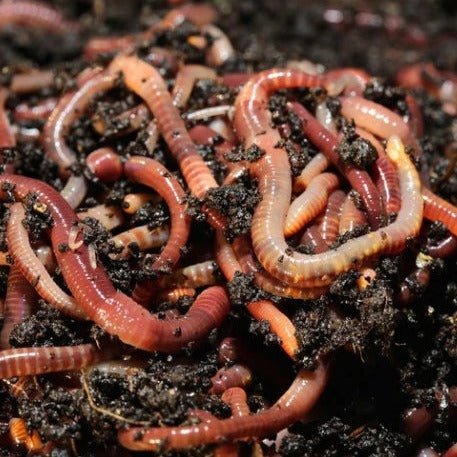Lake Hickory Bait Provides the Solutions You Need for a Perfect Lawn
Just How Red Wigglers Can Transform Your Composting Experience
The combination of red wigglers into composting techniques supplies a transformative method to lose monitoring and dirt enrichment. These organisms not only expedite the disintegration procedure however additionally create nutrient-dense vermicompost that enhances soil health and wellness and fertility. Their flexibility to various environments makes them an appropriate choice for both beginner and skilled composters alike. Nevertheless, understanding the particular requirements and advantages related to keeping a prospering worm populace is vital for maximizing their capacity. What techniques can one utilize to guarantee a successful vermicomposting experience?
Benefits of Red Wigglers
Red wigglers, scientifically understood as Eisenia fetida, are a foundation of reliable composting systems because of their impressive capacity to decay raw material efficiently. These worms master changing kitchen area scraps, backyard waste, and various other organic materials right into nutrient-rich garden compost, commonly described as worm spreadings. Lake Hickory Bait. This procedure not just lowers garbage dump waste but likewise adds to sustainable gardening techniques
One of the primary advantages of red wigglers is their high reproduction rate, allowing them to occupy a composting atmosphere rapidly. This quick multiplication improves decomposition prices, resulting in faster garden compost production. Additionally, red wigglers prosper in a varied variety of conditions, making them versatile to different composting arrangements.

Establishing Up Your Worm Bin
(Red Wiggler Express)To produce a reliable worm container for composting, careful interest must be given to its style and setting. An optimal worm bin ought to be built of products that are sturdy yet enable required air flow, such as plastic or timber. The size of the bin can vary, but a volume of approximately 1 square foot per pound of worms is an excellent beginning factor.
Ensure that the container has drain holes to stop water accumulation, which can lead to anaerobic conditions damaging to the worms. Additionally, including air flow holes will aid keep correct moisture degrees and oxygen flow.
Next, it is important to supply bed linens for the worms, which can include shredded newspaper, cardboard, or coconut coir. This bed linen not just uses an environment for the worms yet additionally aids in moisture retention.
Setting the worm bin in a location that maintains a temperature variety of 55-77 ° F(13-25 ° C) to enhance worm activity. Prevent placing the bin in straight sunlight or severe temperature levels. By following these standards, you can develop a conducive atmosphere for red wigglers, improving the efficiency of your composting procedure.
What to Feed Your Worms

(Red Wiggler Express)Red wigglers particularly delight in soft, wet foods like watermelon rinds, cucumber peels, and banana peels. However, it is essential to avoid feeding them citrus fruits, onions, and garlic, as these can be damaging to their health. Furthermore, prepared foods, milk products, and meat should be purely prevented, as they can bring about odors and attract bugs.
Giving a consistent feeding schedule will certainly aid keep your worm population growing while improving the total efficiency of your composting initiatives. By comprehending what to feed your worms, you lay the groundwork for a successful and lasting composting experience.
Preserving a Healthy And Balanced Habitat
Producing a thriving composting setting for red wigglers requires focus to their habitat, as it straight affects their health and productivity. The suitable habitat ought to preserve a balanced moisture degree, normally in between 60-70%. Extreme moisture can cause anaerobic conditions, while insufficient dampness may dry out the worms.

The bed linens material in the compost should vary and shredded, incorporating products like cardboard, paper, and coconut coir. This not just provides a comfy setting but also offers as a food source. Lake Hickory Bait. On a regular basis looking for odors or indicators of parasites can aid identify possible issues prior to they intensify
Finally, keeping a well balanced pH degree, ideally in between 6 and 7, guarantees a conducive environment for red wigglers, cultivating their capability to procedure raw material properly. By addressing these factors, you can create a lasting and productive composting ecosystem.
Harvesting and Using Garden Compost
Collecting compost from a worm container is a rewarding procedure that changes organic waste into nutrient-rich material for yards and plants. Once the composting cycle is next complete, commonly after 8-12 weeks, it's time to gather the vermicompost. The initial step entails dividing the red wigglers from the ended up garden compost. This can be done utilizing techniques such as the "light" technique, where worms are brought in to light and can be scooped far from the leading layers, or by relocating the compost away of the container and including fresh bedding to the opposite, encouraging the worms to migrate.
Once the worms are removed, the continuing to be garden compost can be sifted to eliminate any type of bigger fragments or undecomposed material. This rich compost can be applied straight to garden beds, mixed into potting dirt, or utilized as a top clothing for potted plants.
Verdict
Incorporating red wigglers right into composting techniques significantly boosts the decay procedure and adds to the manufacturing of nutrient-rich vermicompost. The resulting worm spreadings boost soil structure, fertility, and microbial task, eventually promoting healthier plant growth.